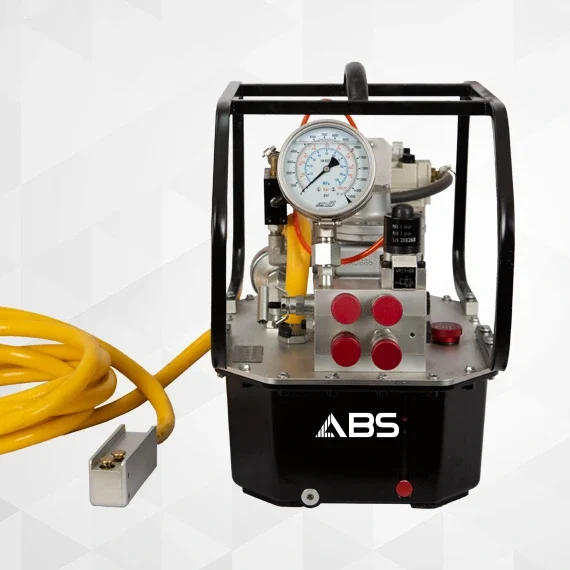Torquing Pump
ABS torque pumps, available in electric and pneumatic configurations, simplify the tightening and loosening of bolts, nuts, and various fasteners. These pumps generate precise hydraulic pressure, acting as the core component of a torque wrench system for controlled and efficient bolting. Offered in a wide range of models to cater to specific requirements, ABS torque pumps empower users to achieve consistent and reliable results while promoting operator safety and efficiency.
PRODUCT CATALOGUE
ABS HFP AIR Pneumatic Torquing Pump Datasheet


